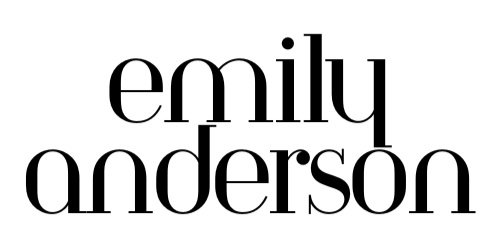Putting an end to non-eco friendly toilet paper with Scott Naturals
Kimberly Clark hired me as a subject matter expert in sustainability to help them create a content model for a new entry in the growing segment of eco-friendly products.

-
Kimberly-Clark was ready to launch Scott Naturals to grab marketshare and create a pipeline of future innovations.
-
70% of people in the world do not use toilet paper. For the 30% that do, how can we leverage content in a way that encourages them to change their habits.
-
Research indicated that consumers who think of themselves as being middle class are the most likely to choose green products over conventional products. Also, the middle class is the largest segment and the main driver of consumption in most countries.
My role:
Co-created content for contact points in the user journey
Partnered with with the Product Manager & Marketing team to identify customer pain points
Collaborated with product designers and developers to understand product features and user flows.
Developed content for points of interaction - feature titles, buttons, tooltips, section titles and descriptions
Crafted content recommendations for unique brand experiences for nationally scaled ad campaigns (TV, interactive, social and print) with end-to-end data-driven content
Research
I designed a five question survey with a combination of open-ended and closed-ended questions using an authoritative brand-agnostic tone. I started with a “person on the street” study and interviewed 17 individuals as they waited in the check-out line of a supermarket. My thought process was this would be a minimally disruptive moment within the customer journey at the grocery store. I asked open-ended questions about their personal care products; what product-related information they wanted, if any; their preferred sources of information for meeting those needs.
Audience Segmentation
I quickly saw a divide between green product enthusiasts and the practical customer—those individuals who buy product based on price and performance. The first talked knowledgeably about eco product qualities, different types of available products, and eco subcultures. The second knew what they needed to know to buy their product and exhibited little interest in learning more about eco options. I sought more information about eco enthusiasts as representing the possible target users and subject matter experts (SMEs).
Consumer Subcultures
I sought out passionate eco enthusiasts among my acquaintances, at social events, and on Facebook, Instagram and Twitter. Ultimately, I interviewed five SMEs: three eco-oriented business owners, a climate change activist, and an eco product consumer. These SMEs told me that among eco enthusiasts, there are different consumer subcultures corresponding to different product areas and types of eco choices. For example, mainstream eco enthusiasts in general have a different culture and different concerns than alternative lifestyle eco-enthusiasts, even though some eco enthusiasts participate in both subcultures. SMEs described a cultural rift between this group over how to reduce your eco-footprint.
I segmented these two groups into two different cohorts
Card Sorting
I created cards based on a content sort of Scott's website and performed card sorts with three of my interviewees, including one SME. I experimented with different categories to organize the content before ultimately settling on an information architecture that emphasized performance based content. This decision reflected a major finding from the interviews, the value that both personas attach to the quality of the products they use.

Content model
My conceptual model for the information architecture now called for emphasizing content that appealed to both enthusiasts and advocates in order to attract a new audience without losing the existing audience.
Deliverables
DOCUMENTATION
Provided a comprehensive content doc which identified what content strategy needed to look like and how much overall content was needed to convey key messages from the perspective of the user — exactly how much information was enough and not too much at each stage in the journey.
DESIGNS
Created a visual guide in Figma focussed on reducing the friction and amount of work the user has to do to achieve desired results and what those micro-results might be, and then understand and define those moments within the context of an over-arching goal (to get the product)
UXR
Provided research insights in the user’s motivation, what their wants are, both from the product itself (toilet [paper) and from the interface/content experience.
My Impact
Created significant value around understanding the customer journey to empower Kimberly-Clark’s experiences and significantly increase levels of engagement, usability, scalability, consistency, performance, conversions and visitor retention.
Many thanks to the people who kindly consented to be interviewed and Consumer Dynamics for this opportunity.




